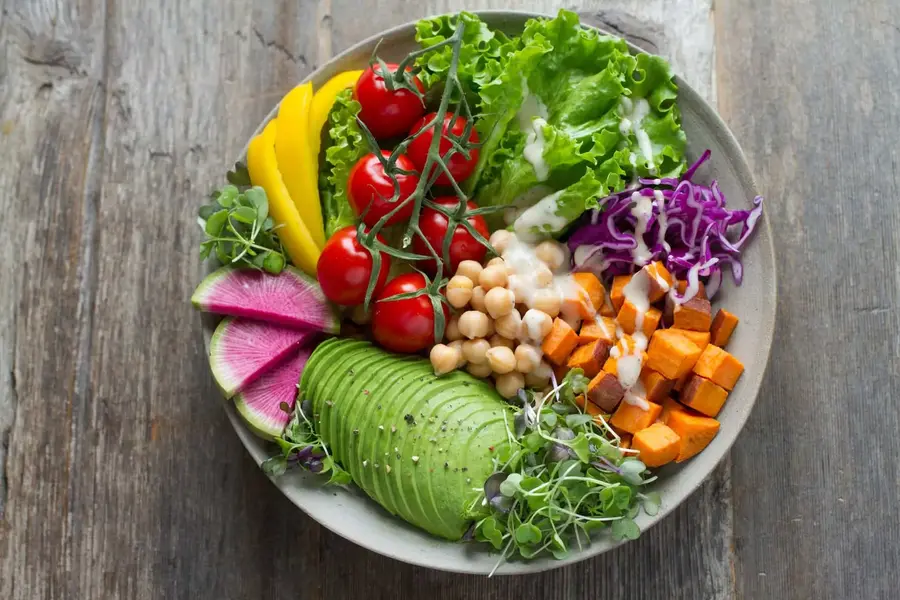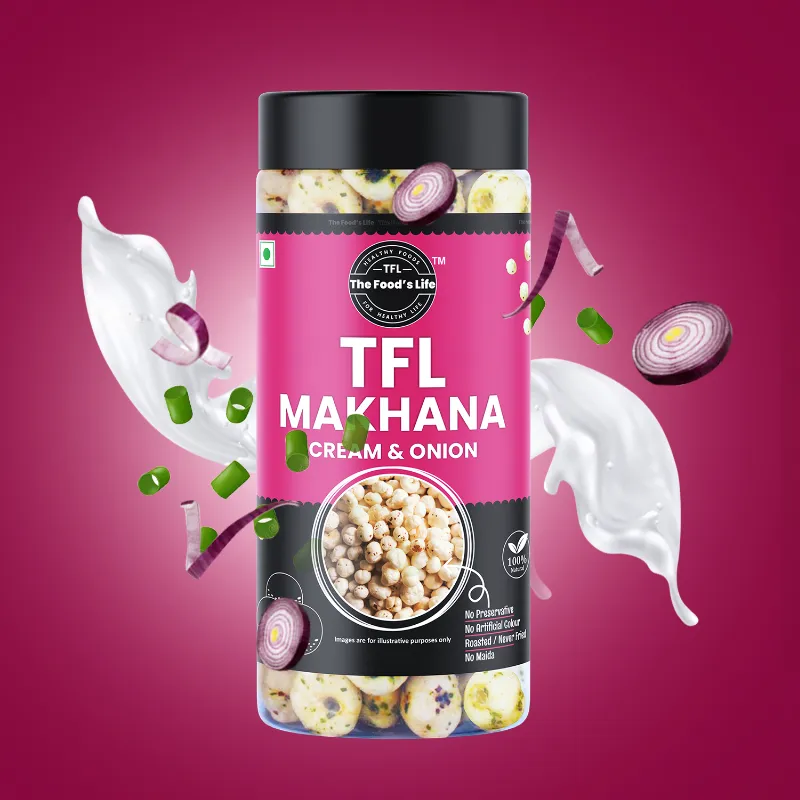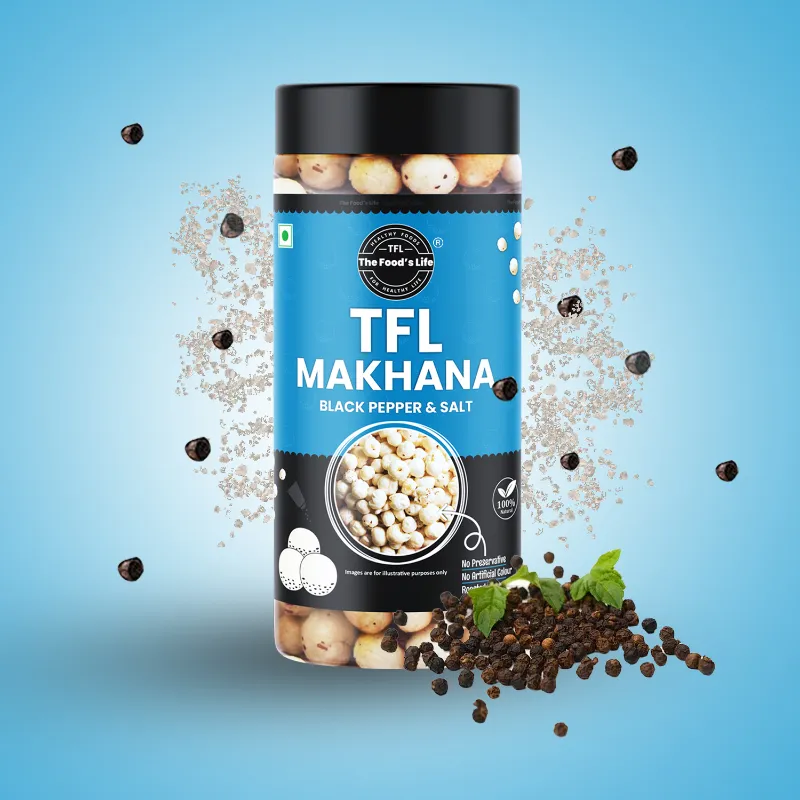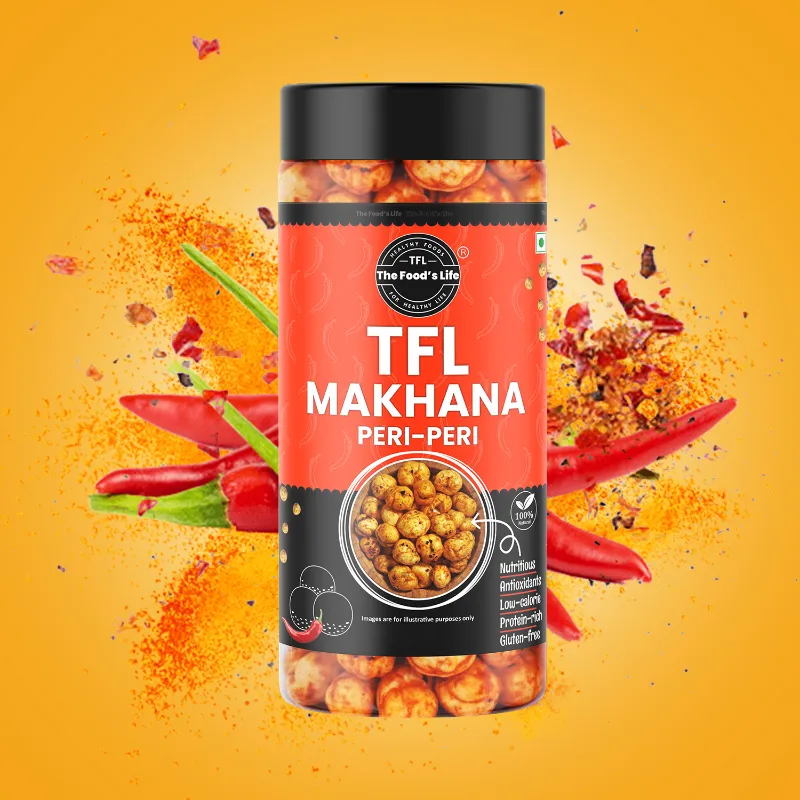Portion control is a fundamental aspect of maintaining a healthier diet and achieving overall well-being. By managing portion sizes, you can better regulate calorie intake, improve nutrient balance, and support long-term health goals. In this blog, we’ll explore how portion control contributes to a healthier diet and offer practical tips and product suggestions from TFL Food to help you practice effective portion control. 1. Regulates Calorie Intake Controlling portion sizes helps you manage calorie consumption more effectively. When you eat larger portions, you’re likely to consume more calories than needed, which can lead to weight gain. By serving appropriate portions, you can maintain a balanced calorie intake and support weight management or weight loss goals. 2. Enhances Nutrient Balance Portion control also plays a key role in achieving a balanced intake of nutrients. Overeating one type of food can lead to an imbalance of essential nutrients, while appropriate portions ensure that you’re including a variety of foods in your diet. This balance helps meet your body's needs for proteins, fats, carbohydrates, vitamins, and minerals. 3. Prevents Overeating Eating large portions can stretch your stomach and train your body to expect more food, leading to habitual overeating. Portion control helps you stay mindful of serving sizes, reducing the likelihood of overeating and promoting healthier eating habits. 4. Supports Digestion Consuming large quantities of food at once can overwhelm your digestive system, leading to discomfort and digestive issues. Smaller, more frequent meals are easier on the digestive system and can help maintain steady energy levels throughout the day. 1. Use Smaller Plates and Bowls One simple way to control portions is by using smaller plates and bowls. This visual trick can help you serve and eat smaller portions while still feeling satisfied. Smaller dishware can make it easier to manage portion sizes and prevent overeating. 2. Read Nutrition Labels Nutrition labels provide valuable information about portion sizes and calorie content. Familiarize yourself with these labels to understand serving sizes and make informed choices. This knowledge can help you adhere to portion control guidelines and choose healthier options. 3. Measure Your Food Using measuring cups or a food scale can help you accurately gauge portion sizes. This practice is especially useful for foods like grains, proteins, and snacks. Measuring your food ensures that you’re consuming appropriate portions and helps you stay on track with your dietary goals. 4. Practice Mindful Eating Mindful eating involves paying attention to your food, savoring each bite, and listening to your body’s hunger and fullness cues. Eating slowly and without distractions allows you to enjoy your meal and recognize when you’re satisfied, helping you avoid overeating. 5. Plan Your Meals and Snacks Meal planning can assist in managing portion sizes and ensuring balanced meals. Prepare and portion out meals and snacks in advance to avoid last-minute decisions that might lead to larger portions or unhealthy choices. 6. Avoid Eating from the Package Eating directly from large packages can lead to mindless overeating. Instead, portion out snacks and meals into smaller servings before eating. This practice helps you stay aware of how much you’re consuming and prevents overindulgence. TFL Food offers a range of products that can support portion control and help you maintain a balanced diet: Granola: With options like Original Honey Almond and Chocolate, you can easily measure out a serving of granola to add to yogurt or enjoy as a snack. This ensures you enjoy the benefits of granola without overdoing it. Oats Cookies: Flavors such as Oat-Jaggery and Coconut come in pre-portioned servings, making it easy to enjoy a sweet treat while keeping portion sizes in check. Makhana: Flavored varieties like Salt and Pepper and Himalayan Salt provide a satisfying snack that can be portioned into small servings. Makhana is a great option for a crunchy, nutritious snack. Vacuum-Fried Vegetables: Crispy Bhindi and Crispy Corn can be enjoyed in controlled portions, offering a flavorful and healthy snack that supports portion control. When building balanced meals, aim to include appropriate portions of each food group: Proteins: A serving of protein should be about the size of your palm. Include sources like lean meats, legumes, or tofu. Carbohydrates: A serving of carbohydrates, such as whole grains or starchy vegetables, should be about the size of your fist. Fats: Healthy fats should be consumed in moderation, with a portion size roughly equivalent to the tip of your thumb. Include sources like avocados, nuts, and olive oil. Portion control is a crucial aspect of maintaining a healthier diet, as it helps regulate calorie intake, ensures nutrient balance, and prevents overeating. By using practical strategies such as smaller plates, measuring your food, and practicing mindful eating, you can effectively manage portion sizes and support your health goals. Incorporating products from TFL Food, like Granola, Oats Cookies, Makhana, and Vacuum-Fried Vegetables, can make portion control easier and more enjoyable. Embrace these strategies to create balanced meals and snacks, and enjoy the benefits of a well-regulated diet that promotes overall health and well-being.The Role of Portion Control in a Healthy Diet
Practical Tips for Effective Portion Control
Incorporating TFL Food Products for Portion Control
Creating Balanced Meals with Portion Control
Conclusion
FREE DELIVERY ON ORDERS ABOVE ₹500/-
FREE DELIVERY ON ORDERS ABOVE ₹500/-
FREE DELIVERY ON ORDERS ABOVE ₹500/-
FREE DELIVERY ON ORDERS ABOVE ₹500/-
FREE DELIVERY ON ORDERS ABOVE ₹500/-
FREE DELIVERY ON ORDERS ABOVE ₹500/-
FREE DELIVERY ON ORDERS ABOVE ₹500/-
FREE DELIVERY ON ORDERS ABOVE ₹500/-
FREE DELIVERY ON ORDERS ABOVE ₹500/-
FREE DELIVERY ON ORDERS ABOVE ₹500/-

Recommended Products





